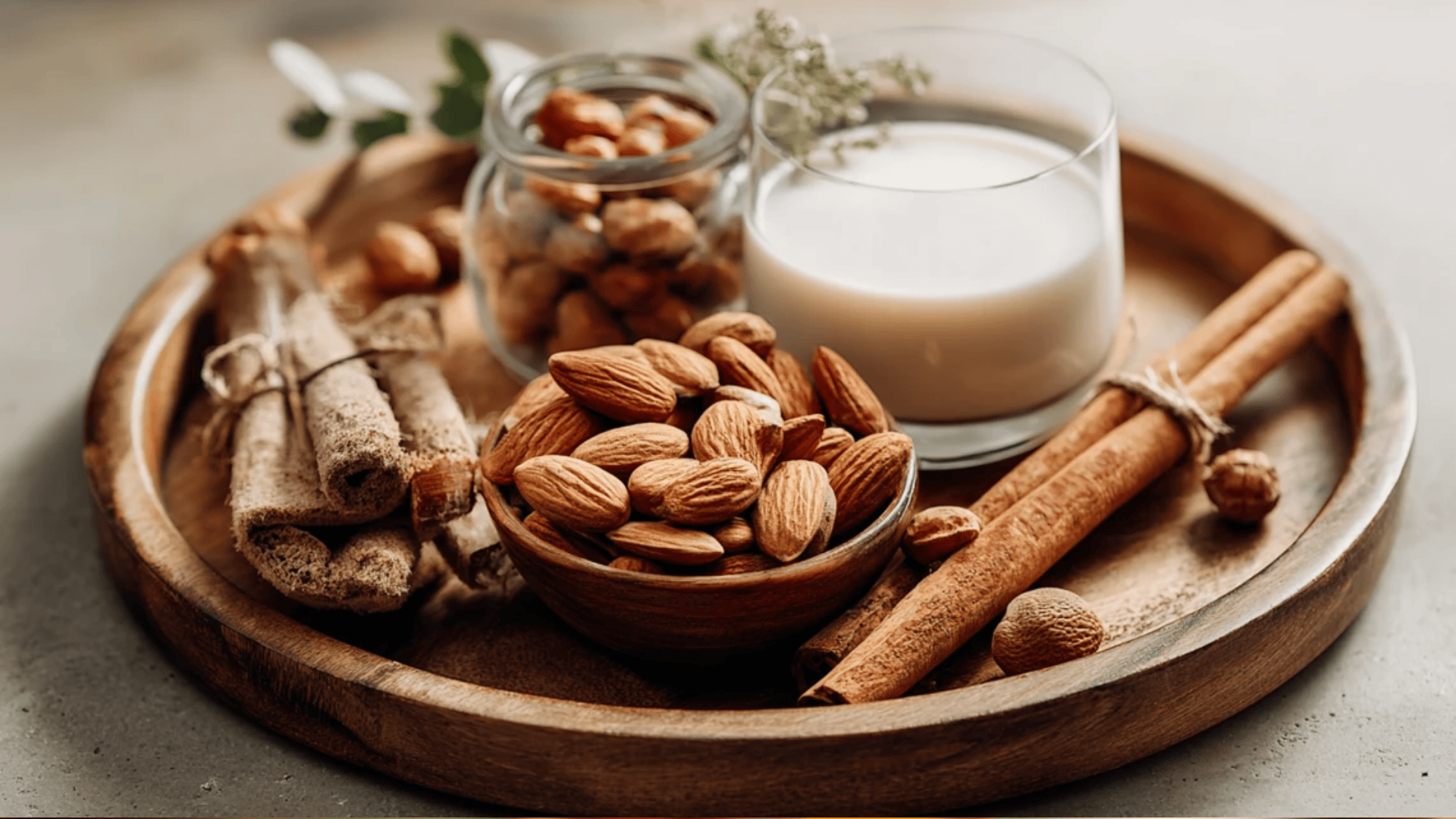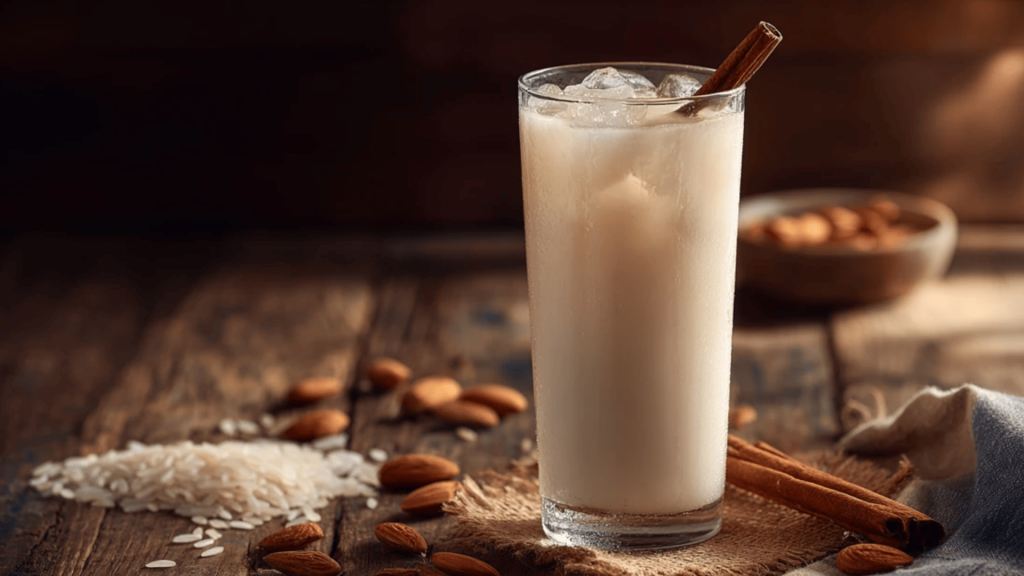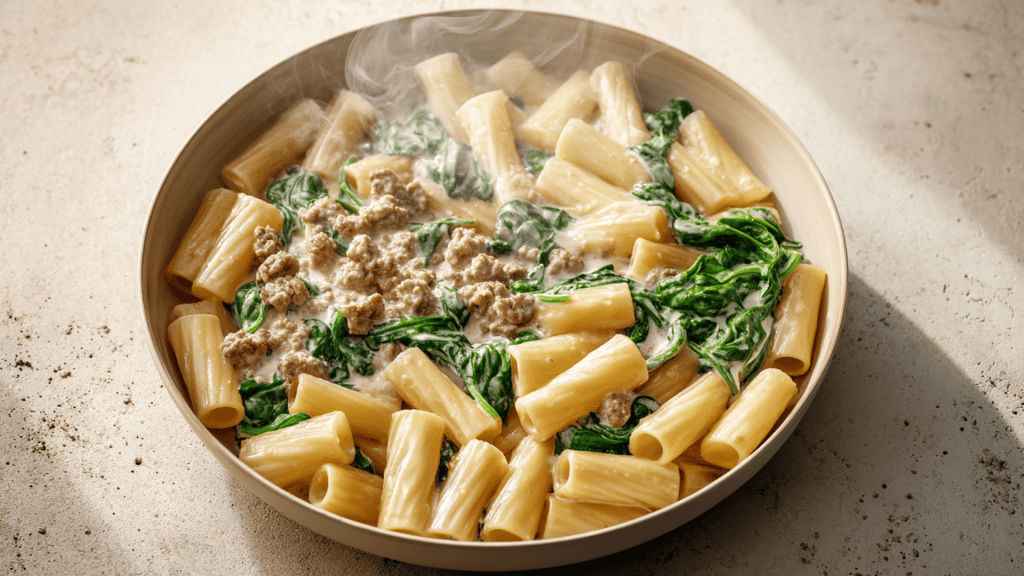Imagine sipping a cold, sweet, and creamy drink on a hot day. The flavor is nutty, a little spiced, and oh-so-refreshing.
That’s horchata. But after that first delicious sip, you might pause and ask: Is horchata healthy?
The answer isn’t as simple as yes or no. Like many foods and drinks, it can be good for you in some ways and not-so-good in others.
It depends on how it’s made, the ingredients used, and the amount you drink.
Let’s break down the benefits, some of the drawbacks, and ways to make it healthier. By the end, you’ll know whether you can enjoy this tasty drink guilt-free.
Is Horchata Good for You?
It is a traditional drink with deep roots in Spain and Latin America. The word itself describes a whole family of drinks, and the recipe changes depending on the country.
- Spanish Horchata: Made from tigernuts (a root vegetable also called chufa), water, and sugar.
- Mexican Horchata: Usually prepared with rice, cinnamon, milk, vanilla, and sugar.
- Other Versions: In different parts of Latin America, recipes may use almonds, sesame seeds, or even melon seeds.
No matter the ingredients, it is renowned for being creamy, sweet, and refreshing, often served chilled to complement spicy meals.
But is it actually good for you? The answer is a mix of both benefits and drawbacks, depending on how it’s made and how much you drink.
Horchata Benefits You Should Know

Even though it’s a sweet drink, it can actually have some health benefits, especially if it’s made with natural, whole ingredients.
1. Plant-Based Ingredients
Many traditional recipes use rice, nuts, or seeds as the base. These foods are naturally rich in vitamins, minerals, and healthy plant compounds.
- Rice provides carbohydrates for energy.
- Almonds or sesame seeds add protein, fiber, and healthy fats.
- Tigernuts (also known as horchata in Spanish) are rich in fiber and antioxidants.
2. Dairy-Free Friendly
Unlike a milkshake or other creamy drinks, it doesn’t need dairy to achieve its rich, smooth texture.
This makes it a great option for anyone who is lactose intolerant, vegan, or simply trying to reduce their consumption of milk-based products.
3. Good Source of Energy
Because it contains natural carbohydrates and sometimes nuts, it can provide a quick and steady energy boost.
The combination of rice or grains with a touch of sweetness makes it satisfying, which is why it pairs so well with meals or works perfectly as a mid-day refreshment.
4. Possible Heart Health Benefits
When it includes nuts or seeds, it can support heart wellness.
| Ingredient | Benefit |
|---|---|
| Almonds | May lower bad cholesterol and add healthy fats. |
| Sesame Seeds | Support better cholesterol balance and heart protection. |
| Other Nuts/Seeds | Provide protein, fiber, and heart-friendly fats. |
Adding these ingredients makes your drink tasty and heart-smart.
5. Comfort and Enjoyment
Health isn’t just about nutrients. It’s also about how food makes you feel.
Sharing a glass with family or enjoying it with a favorite dish can bring comfort and joy, which is good for mental well-being.
Things to Watch Out For

Of course, no drink is perfect. While it has some great qualities, it can also have drawbacks, mainly depending on how it’s prepared.
1. High Sugar Content
Most recipes add a good amount of sugar. A single glass can sometimes have as much sugar as a can of soda.
Too much sugar in your diet can lead to weight gain, tooth decay, and a higher risk of diabetes.
2. Extra Calories
Because it’s creamy and sweet, it can be surprisingly high in calories.
If you’re trying to manage your weight or reduce calorie-dense foods, drinking large amounts too often may add extra energy your body doesn’t really need.
3. Not Always Nutrient-Dense
When it is made mostly from white rice and sugar, it offers little nutritional value.
It may taste delicious, but it won’t provide many vitamins, minerals, or fiber, making it more of a dessert than a nourishing, health-supportive drink.
4. Store-Bought Versions Can Be Worse
Packaged or instant mixes often contain even more sugar than homemade recipes.
Many brands also add preservatives and artificial flavors, which can reduce quality. Choosing homemade versions gives you more control over ingredients and makes the drink healthier.
Comparing with Other Popular Drinks
It is often seen as a sweet treat, but how does it compare with other popular drinks? Here’s a quick side-by-side look:
| Category | Horchata | Soda | Smoothies | Milkshakes |
|---|---|---|---|---|
| Calories | Moderate | High | Moderate–High | High |
| Sugar | Medium–High | Very High | Natural | Very High |
| Nutrients | Some carbs & fats | None | Vitamins & fiber | Protein & calcium |
| Dairy-Free | Yes | Yes | Sometimes | No |
Overall, it’s in the middle, cleaner than soda, lighter than milkshakes, but not as nutrient-packed as a smoothie.
Tips for Making Healthier
It can be adjusted to fit a healthier lifestyle without losing its flavor. A few smart changes make a big difference:
- Cut Back on Sugar: Reduce the amount or swap for honey, agave, or stevia.
- Use Whole Grains: Brown rice or other whole grains add fiber and nutrients.
- Add Nuts or Seeds: Almonds, cashews, or sesame bring protein and healthy fats.
- Boost Flavor with Spices: Use cinnamon, nutmeg, or vanilla instead of extra sugar.
- Watch Portions: Enjoy smaller glasses and pair with water for a balanced meal.
These tweaks change into a lighter, more nourishing drink that you can enjoy frequently.
Nutrition Facts
Curious about what’s in a cup of a homemade one? Here’s a simple breakdown so you can sip with awareness (and still enjoy every creamy drop).
| Nutrient | Amount per 1 Cup (240 ml) |
|---|---|
| Calories | ~120 kcal |
| Carbohydrates | 24 g |
| Protein | 2 g |
| Fat | 3 g |
| Saturated Fat | 0.5 g |
| Sugar | 12 g (varies by sweetener) |
| Fiber | 1 g |
| Sodium | 40 mg |
Note: These values are estimates for a basic recipe using brown rice, almonds, cinnamon, and a natural sweetener. Amounts will vary depending on portion size, sweetener choice, and the addition of nuts or seeds.
Different Varieties of Horchata

Horchata isn’t just one recipe; it comes in many versions depending on the country and local ingredients. Each variety has its own unique taste and texture.
- Spanish Horchata (Horchata de Chufa): Made with tigernuts, water, and sugar. Creamy, nutty, and rich in fiber.
- Mexican Horchata: The most popular worldwide, made with rice, cinnamon, vanilla, milk, and sugar. Sweet and refreshing.
- Salvadoran Horchata: This traditional beverage uses ground morro seeds, often mixed with peanuts, sesame, or cocoa for a deep, earthy flavor.
- Guatemalan Horchata: Similar to the Mexican style but lighter, sometimes flavored with vanilla and additional spices.
- Other Latin American Versions: Some recipes use almonds, cashews, or melon seeds, creating unique regional twists.
No matter the variation, horchata is always enjoyed cold and often paired with traditional foods, making it a true comfort drink across cultures.
A Healthier Homemade Horchata Recipe

Here’s a simple recipe you can try at home:
Ingredients You’ll Need
|
Instructions:
- Soak rice, almonds, and cinnamon stick in 2 cups of water overnight.
- Blend the mixture until smooth.
- Strain through a fine mesh or cheesecloth.
- Add remaining water, vanilla, and sweetener. Stir well.
- Chill and serve over ice.
This version is lighter on sugar, dairy-free, and full of plant-based goodness.
Final Thoughts: Should You Drink Horchata?
So, is horchata healthy? The answer really depends on the recipe and how often it’s enjoyed.
Drinks prepared at home with natural ingredients, such as nuts or seeds, and reduced sugar can be both refreshing and nourishing.
They offer energy and flavor without going overboard on calories. Store-bought or heavily sweetened versions, however, act more like desserts and add little nutritional value. The key is balance.
Choose smaller portions, adjust ingredients to be lighter, and see it as an occasional treat rather than an everyday drink.
With moderation, this creamy beverage can easily fit into a healthy lifestyle.


























